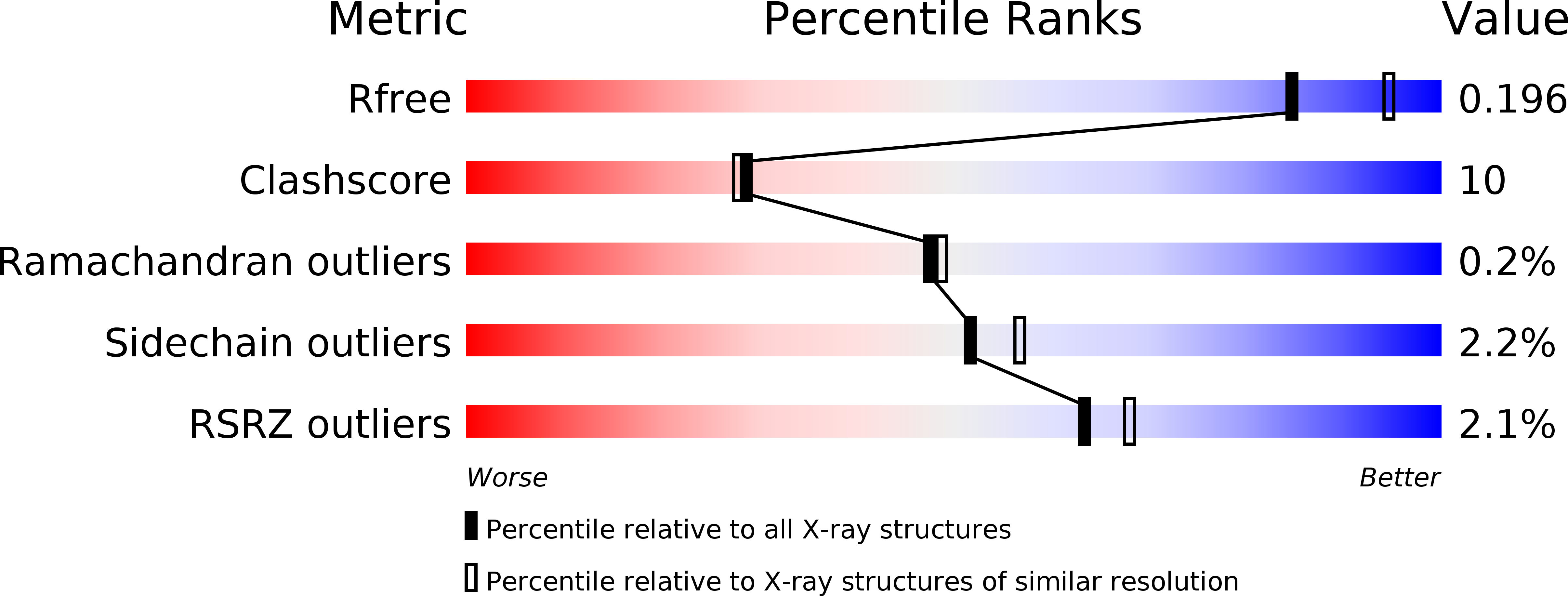
Deposition Date
2007-07-31
Release Date
2007-09-25
Last Version Date
2023-12-13
Entry Detail
PDB ID:
2V7P
Keywords:
Title:
Crystal structure of lactate dehydrogenase from Thermus Thermophilus HB8 (Holo form)
Biological Source:
Source Organism:
THERMUS THERMOPHILUS (Taxon ID: 300852)
Host Organism:
Method Details:
Experimental Method:
Resolution:
2.10 Å
R-Value Free:
0.20
R-Value Work:
0.19
R-Value Observed:
0.19
Space Group:
P 21 21 21


